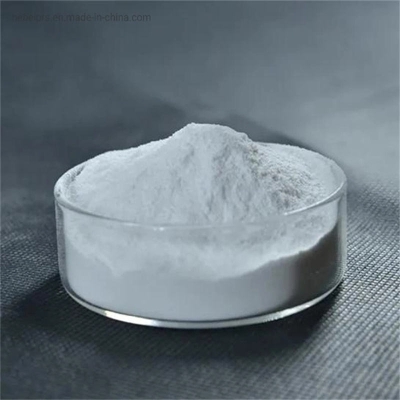-
Categories
-
Pharmaceutical Intermediates
-
Active Pharmaceutical Ingredients
-
Food Additives
- Industrial Coatings
- Agrochemicals
- Dyes and Pigments
- Surfactant
- Flavors and Fragrances
- Chemical Reagents
- Catalyst and Auxiliary
- Natural Products
- Inorganic Chemistry
-
Organic Chemistry
-
Biochemical Engineering
- Analytical Chemistry
- Cosmetic Ingredient
-
Pharmaceutical Intermediates
Promotion
ECHEMI Mall
Wholesale
Weekly Price
Exhibition
News
-
Trade Service
The Institute of Plant Protection, Soil and Fertilizer, Hubei Academy of Agricultural Sciences recently studied the indoor activity of sulfoxaflor against cotton aphids by leaf dipping, and analyzed its safety to cotton
.
The laboratory toxicity test results showed that the LC50 and LC90 of the cotton aphid treated with sulfoxaflor for 24 hours were 1.
98 mg/L and 26.
02 mg/L, which were significantly lower than the 8.
69 mg/L and 132.
68 mg/L of imidacloprid.
The toxicity ratio reached 4.
39; after 48 hours of treatment, sulfoxaflor still showed high insecticidal activity against cotton aphids, which was significantly higher than that of imidacloprid
.
The results of the cotton safety test showed that spraying 500 g/kg sulfoxaflor water dispersible granules within the use concentration range of 40~160 g/hm2 can affect the leaf color, plant height, fruit branch layer and cotton buds of cotton in different periods.
None of the shedding caused a significant effect
.
The researchers suggested that, given that sulfoxaflor has good potential for controlling cotton aphids, it is necessary to further verify it in the field
.
? Up to now, the registered crops and control targets of sulfoxaflor products approved and registered in China include wheat aphids, rice planthoppers, cotton bugs, whitefly, cucumber whitefly, cabbage moth, aphids, and citrus trees.
Yarrow scales, but without cotton aphid
.
? It is also reported that in 2015, the registration of sulfoxaflor in the United States has been revoked
.
The majority of farmers should pay attention to preventing its possible adverse effects on bees when using this agent
.
(Liu Gang)
.
The laboratory toxicity test results showed that the LC50 and LC90 of the cotton aphid treated with sulfoxaflor for 24 hours were 1.
98 mg/L and 26.
02 mg/L, which were significantly lower than the 8.
69 mg/L and 132.
68 mg/L of imidacloprid.
The toxicity ratio reached 4.
39; after 48 hours of treatment, sulfoxaflor still showed high insecticidal activity against cotton aphids, which was significantly higher than that of imidacloprid
.
The results of the cotton safety test showed that spraying 500 g/kg sulfoxaflor water dispersible granules within the use concentration range of 40~160 g/hm2 can affect the leaf color, plant height, fruit branch layer and cotton buds of cotton in different periods.
None of the shedding caused a significant effect
.
The researchers suggested that, given that sulfoxaflor has good potential for controlling cotton aphids, it is necessary to further verify it in the field
.
? Up to now, the registered crops and control targets of sulfoxaflor products approved and registered in China include wheat aphids, rice planthoppers, cotton bugs, whitefly, cucumber whitefly, cabbage moth, aphids, and citrus trees.
Yarrow scales, but without cotton aphid
.
? It is also reported that in 2015, the registration of sulfoxaflor in the United States has been revoked
.
The majority of farmers should pay attention to preventing its possible adverse effects on bees when using this agent
.
(Liu Gang)







